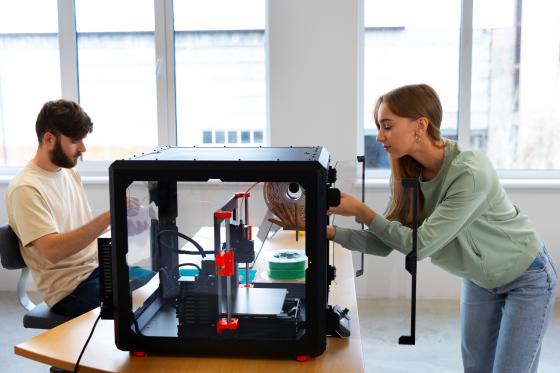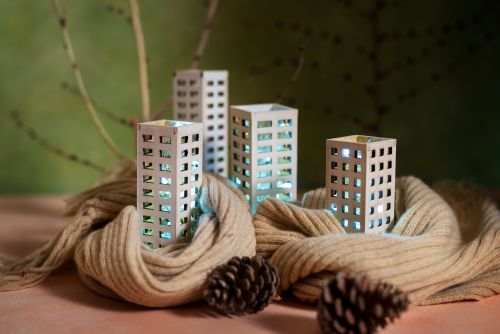417

Advanced materials are gradually making their way into Romania’s construction industry. Technologies such as graphene, aerogel, or 3D-printed concrete promise energy efficiency, enhanced durability, and sustainability, although their large-scale application is still in its early stages.
Graphene added to concrete reduces the amount of cement required and increases mechanical strength by up to 40%, according to the University of Manchester. Aerogel, a super-insulator, is already being tested in passive buildings in Germany and Poland, while in Romania the first pilot projects are underway in Bucharest and Cluj.
3D-printed concrete allows the creation of complex structures with less waste and in much less time. In 2024, the Technical University of Cluj-Napoca completed the country’s first pavilion made entirely of 3D-printed concrete.
The major obstacles remain high costs, the lack of national regulations for these materials, and investor reluctance. Support is needed for applied research and the integration of these innovations into design and construction standards.
In a strongly conservative sector, next-generation materials can become a viable solution only through partnership between industry, research, and authorities.
(Photo: Freepik)




